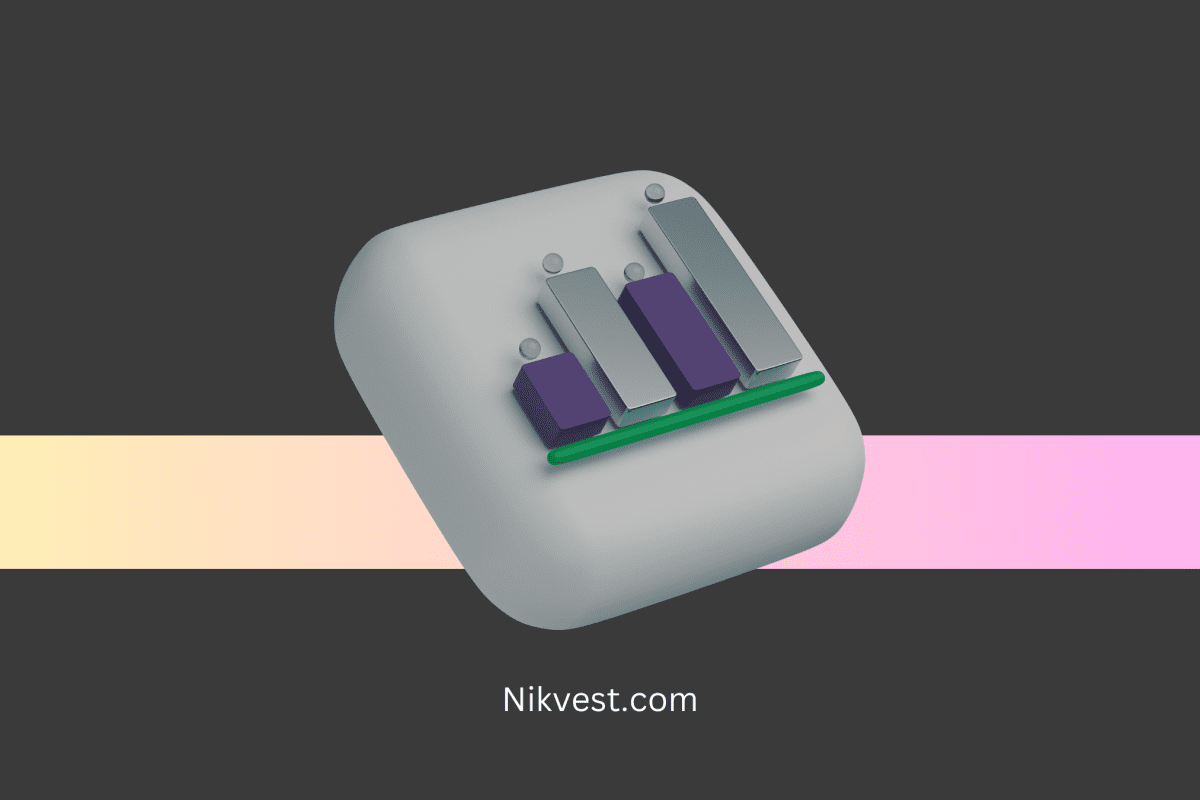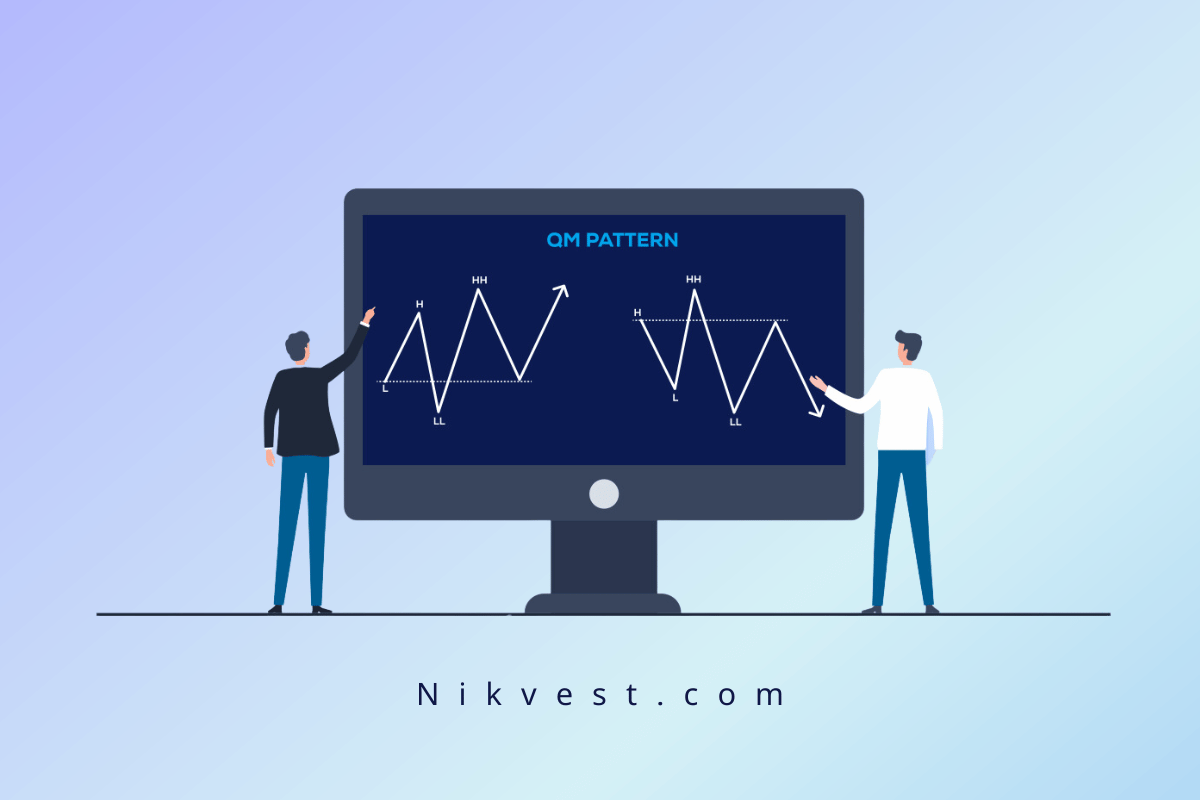Fibonacci Retracement Strategy
The Fibonacci retracement strategy is one of the most widely used tools in technical analysis, enabling traders to predict potential reversal points in trending markets. Derived from the Fibonacci sequence, a mathematical pattern observed in nature, this strategy has found a place in financial markets due to its effectiveness in identifying key support and resistance levels during a retracement phase.
In this comprehensive guide, we will delve into the origins of the Fibonacci sequence and how it applies to financial markets. We’ll explain key concepts like Fibonacci retracement and extension, show you how to use these tools in trading, and discuss their benefits, practical applications, and limitations. By the end of this article, you’ll have a solid understanding of the Fibonacci retracement strategy and how to integrate it into your trading plan.
What is Fibonacci retracement ?
Fibonacci retracement is a popular technical analysis tool used by traders to identify potential support and resistance levels in a market. It is based on the Fibonacci sequence, where key levels (23.6%, 38.2%, 50%, 61.8%, and 78.6%) are plotted on a chart to indicate possible points where the price of an asset may reverse or stall during a trend. Traders use these levels to make decisions on when to enter or exit trades, as they believe the price often retraces to these levels before continuing in the original direction of the trend.
Why Fibonacci is Important in Financial Markets
In financial markets, the Fibonacci sequence and its derivatives (such as the Golden Ratio) are used to predict potential price reversal points. When an asset is trending in one direction—either upward or downward—it often experiences pullbacks or corrections before continuing in the same direction. By applying Fibonacci retracement levels, traders can determine key points where these pullbacks might end and the asset resumes its primary trend.
The most commonly used Fibonacci retracement levels are 23.6%, 38.2%, 50%, 61.8%, and 100%. These percentages are derived from the mathematical relationships within the Fibonacci sequence. The 61.8% level, for example, represents the Golden Ratio, which plays a crucial role in determining potential support and resistance areas.
When the market is in an uptrend, traders apply the Fibonacci retracement tool to gauge how much the price might fall before resuming the upward trend. Similarly, in a downtrend, traders use Fibonacci retracement levels to anticipate where the price might rise before resuming its decline. These levels offer traders a framework for spotting entry and exit points in a dynamic market.
Understanding Fibonacci Retracement and Extension Tools
Before diving into how to use Fibonacci retracement in trading, it is important to understand both retracement and extension levels:
– Fibonacci Retracement: This tool is used to identify potential levels where a market correction could reverse, allowing traders to re-enter the market in line with the dominant trend.
– Fibonacci Extension: While retracement measures corrections, Fibonacci extension identifies possible future price targets once the asset breaks out of the retracement and continues in the direction of the trend. Extension levels are often used for setting profit targets.
Fibonacci retracement is a technical analysis tool that helps traders identify possible reversal levels in the market. It involves drawing horizontal lines at Fibonacci levels (23.6%, 38.2%, 50%, 61.8%, and 100%) to indicate where support and resistance may occur during a retracement or pullback phase.
In a bullish market, for instance, if an asset’s price rises from $100 to $150, Fibonacci retracement would be applied to predict how far the price might fall before continuing upward. The key levels might show that the price could pull back to $138 (23.6%), $131 (38.2%), or even $125 (50%) before resuming its climb.
This technique is popular among traders because it provides a visual framework for determining market entry points during retracement periods. It can be applied across all asset classes, including stocks, forex, commodities, and cryptocurrencies, making it versatile and highly valuable in various markets.
What You Need to Know About Fibonacci Extensions
Fibonacci extension is the opposite of retracement. It projects where the price might extend after retracing and continuing in the direction of the prevailing trend. This tool is typically used to set price targets beyond the recent high or low in the trend. Common Fibonacci extension levels include 161.8%, 261.8%, and 423.6%.
For example, if a stock moves from $50 to $100 and retraces to $75, a trader might use the Fibonacci extension tool to project potential future resistance levels beyond $100. This gives traders an indication of where they might consider taking profits.
Fibonacci extensions can also be used to set stop-loss levels and manage risk by predicting where the price may reverse once it breaks out of its retracement.
How to Use Fibonacci Retracements in Trading
To effectively use Fibonacci retracement levels in trading, follow these steps:
- Identify the Trend: The first and most important step is identifying whether the market is in an uptrend or downtrend. Fibonacci retracement is most effective when applied in trending markets.
- Apply Fibonacci Levels: Once you’ve identified the trend, apply the Fibonacci retracement tool from the most recent swing high to swing low in an uptrend or from swing low to swing high in a downtrend. The retracement levels will show potential support or resistance zones.
- Watch Price Action: Observe how the price reacts at key Fibonacci levels, such as 38.2%, 50%, and 61.8%. These are often critical points where reversals or consolidation occur.
- Combine with Other Indicators: While Fibonacci retracement is a powerful tool, it works best when used alongside other technical indicators such as moving averages, trend lines, RSI, or MACD. This will provide greater confirmation of market entry or exit points.
- Enter Trades Based on Confirmation: Once the price hits a significant Fibonacci level and confirms the trend with other indicators, traders may choose to enter the trade. For example, if the price retraces to the 50% level and starts bouncing upward in an uptrend, this could be a signal to enter a long position.
Fibonacci Retracement Strategy for Expert Traders
There are numerous advantages to using Fibonacci retracement as part of a broader trading strategy:
- Precision in Market Timing: Fibonacci retracement allows expert traders to time their trades with greater accuracy. By identifying key levels where the price is likely to reverse, traders can enter the market at opportune moments.
- Universal Application: One of the great strengths of the Fibonacci retracement tool is its applicability across various asset classes and time frames. Whether you’re trading stocks, forex, commodities, or cryptocurrencies, Fibonacci levels remain relevant.
- Improves Risk Management: With Fibonacci retracement, traders can set clear stop-loss and take-profit levels based on market structure, allowing them to manage risk more effectively.
- Flexibility: Fibonacci retracement can be used in conjunction with other trading strategies and technical indicators, giving traders a flexible tool to enhance their decision-making process.
- Enhanced Market Insight: By providing insight into potential support and resistance levels, Fibonacci retracement helps traders anticipate market movements and better understand market dynamics.
Using Fibonacci Retracement Levels in Your Trading Strategy
Imagine a stock is in an uptrend, moving from $100 to $150. The price begins to pull back after hitting $150, and the trader wants to identify a good point to re-enter the trade. By applying Fibonacci retracement, the trader can measure from $100 to $150 and mark the Fibonacci levels at 23.6%, 38.2%, 50%, and 61.8%.
As the price retraces, the trader watches for support around these levels. If the price retraces to the 38.2% level, which is $131, and then bounces upward, this would be an ideal re-entry point for a trader looking to take advantage of the continued uptrend.
Case study : Fibonacci Retracement Trading Strategy
Let’s walk through a detailed hypothetical example of applying Fibonacci retracement in a trading scenario.
Imagine you are trading a stock that rallies from $50 to $100. After reaching $100, the stock begins to pull back. You apply the Fibonacci retracement tool to the chart, with the low at $50 and the high at $100. The key Fibonacci levels—61.8% ($69), 50% ($75), and 38.2% ($81)—provide potential entry points.
As the price retraces to $81, you notice a strong reversal signal such as a bullish engulfing candlestick pattern. This is where you decide to enter the trade, expecting the price to bounce back to $100 or higher.
To manage your risk, you place a stop-loss order just below the 61.8% retracement level, at $69. You set your take-profit target at $110, just beyond the recent high, and use the Fibonacci extension tool to project a further upward move.
Integrating Risk Management with Fibonacci Retracement Levels
Risk management is critical when using Fibonacci retracement levels in your trading strategy. Here are a few risk management tips:
- Set Stop-Loss Orders Below Fibonacci Levels: When entering a trade based on a Fibonacci retracement level, it’s important to set stop-loss orders just beyond the Fibonacci level you’re trading. For example, if you are entering a long position at the 38.2% retracement level, place your stop-loss just below the 50% or 61.8% retracement level. This helps to protect your trade if the price continues to move against you.
- Use Risk-to-Reward Ratios: When planning trades using Fibonacci retracement, it’s essential to maintain a good risk-to-reward ratio. A commonly used ratio is 1:2 or 1:3, which means you aim to make two to three times the amount you’re risking. For example, if you are risking $100 on a trade, aim for a profit of $200 to $300. Fibonacci levels can help set logical take-profit points to maintain this ratio.
- Combine with Volume Indicators: A retracement strategy is even more powerful when combined with volume analysis. For example, if the price is approaching a key Fibonacci retracement level and volume is low, it could indicate that the pullback is nearing exhaustion, giving more confidence that the price may reverse at that level. Similarly, high volume during a retracement could signal that the trend is weakening and that a larger reversal may be imminent.
- Avoid Overleveraging: When using Fibonacci retracement levels, it can be tempting to over-leverage your positions due to the precision these levels can provide. However, even the best strategies can fail, and overleveraging can lead to significant losses. Maintain a consistent position size relative to your account balance to ensure that no single trade can jeopardize your capital.
- Adhere to Market Conditions: Fibonacci retracement works best in trending markets. In highly volatile or ranging markets, retracement levels may be less reliable. Always analyze the overall market conditions before applying the strategy.
Limitations of the Fibonacci Trading Strategy
While the Fibonacci retracement strategy is a popular and effective tool, it is not without its limitations. Here are some of the key drawbacks to consider:
- Subjective Application: One of the biggest limitations of Fibonacci retracement is the subjectivity involved in choosing swing high and swing low points. Different traders may choose different reference points for applying the Fibonacci tool, leading to varying retracement levels. This subjectivity can reduce the reliability of the tool if not applied correctly.
- Not a Standalone Strategy: Fibonacci retracement should not be used in isolation. While it provides valuable insight into potential support and resistance areas, it is not a guarantee that the price will reverse at those levels. Other technical indicators, such as moving averages, MACD, or RSI, should be used to confirm the validity of the Fibonacci levels.
- False Signals in Choppy Markets: In volatile or sideways markets, Fibonacci retracement levels can generate false signals. Price may break through retracement levels and then reverse, causing traders to get stopped out or miss trading opportunities. Therefore, it is essential to use this strategy in conjunction with broader trend analysis.
- Over-reliance on Fibonacci Levels: Some traders may rely too heavily on Fibonacci retracement levels without considering the broader market context. Market fundamentals, news events, and sentiment shifts can significantly impact price movements, rendering Fibonacci levels less effective.
- Limited Predictive Power: While Fibonacci retracement helps identify potential price points where reversals might occur, it doesn’t guarantee that the price will reach those levels. External factors such as economic data releases, geopolitical events, or central bank policies can cause the price to move beyond the Fibonacci retracement levels without respecting them.
Fibonacci Projections
Fibonacci projections are an extension of the Fibonacci retracement concept. Once a price retraces and resumes the trend, Fibonacci projections help traders forecast future price movements by applying the Fibonacci ratios to the price swing.
For instance, after the price completes a retracement, traders can use Fibonacci projections to estimate where the price may reach in the next wave of the trend. These projections are especially useful for setting take-profit targets in a trend continuation strategy.
Some commonly used Fibonacci projection levels include:
– 61.8%
– 100%
– 161.8%
– 261.8%
For example, if a stock rallies from $50 to $100, retraces to $75, and then resumes its upward trend, you can apply Fibonacci projections to predict future resistance levels, such as $125 (100%) and $150 (161.8%). This helps traders set more accurate profit targets and improve the overall risk-to-reward ratio.
Conclusion
The Fibonacci retracement strategy is a powerful and versatile tool in technical analysis, used by traders to identify potential support and resistance levels during market corrections. Based on the Fibonacci sequence and the Golden Ratio, these retracement levels help traders anticipate price reversals and make informed trading decisions in trending markets.
When applied correctly, Fibonacci retracement can help traders fine-tune their entry and exit points, enhance risk management, and improve overall trading performance. However, it’s important to remember that no technical analysis tool is foolproof. The Fibonacci retracement strategy is most effective when combined with other technical indicators, trend analysis, and risk management practices.
By understanding its limitations and incorporating it into a well-rounded trading plan, traders can leverage the power of Fibonacci retracement to navigate market fluctuations with greater confidence. Whether you are a beginner or an expert trader, the Fibonacci retracement strategy offers a unique and effective way to analyze price movements and capitalize on market opportunities.




















































